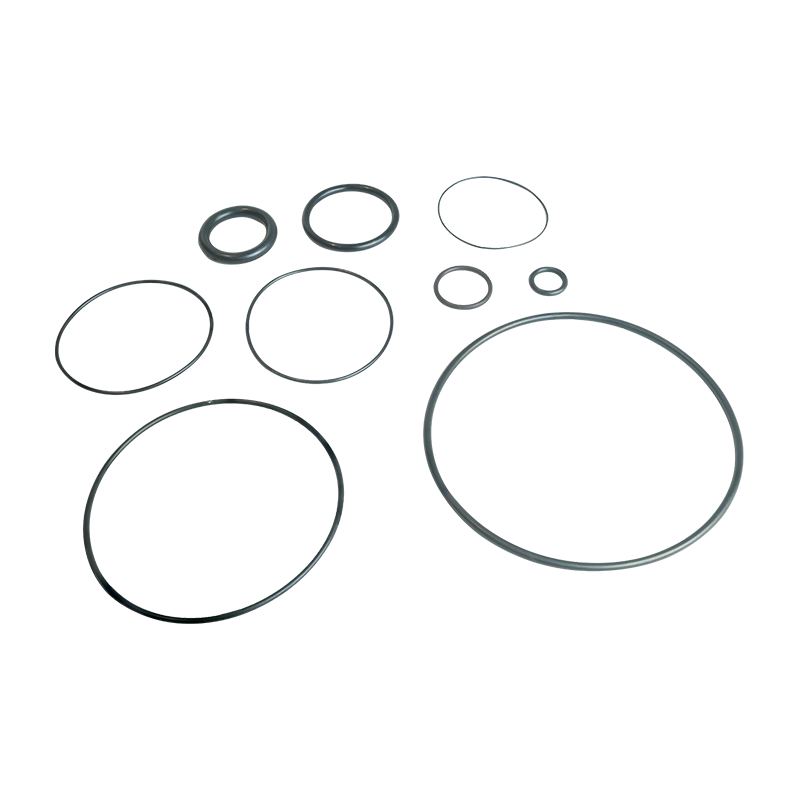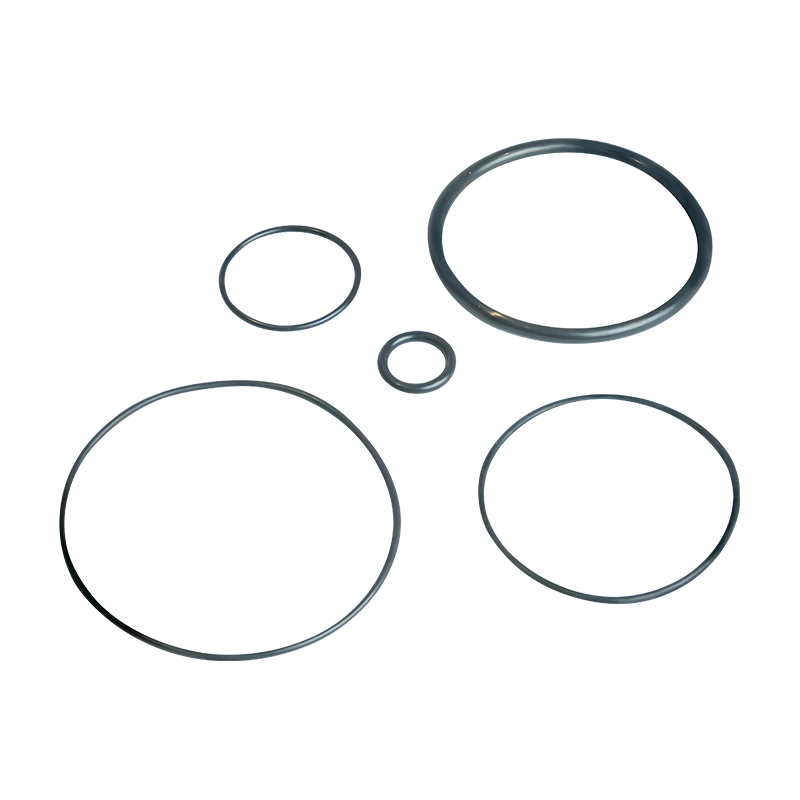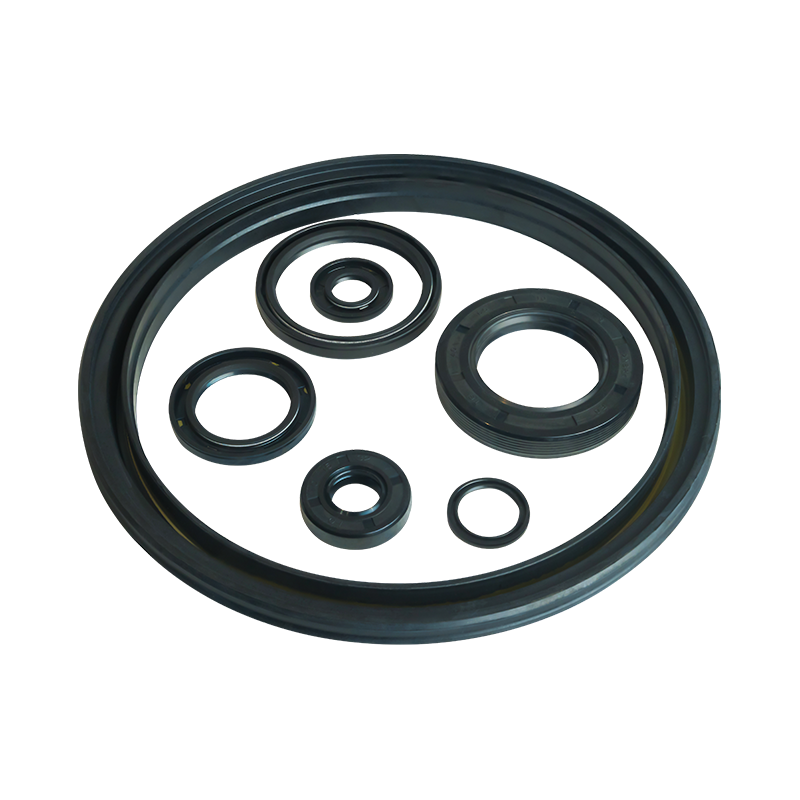How Does the Elastic Memory of JOTO’s Rubber Gaskets Prevent Joint Failure?
The integrity of a pipeline system, whether it is designed for transporting vital potable water, managing stormwater, or conveying industrial effluent, hinges on the performance of its most seemingly modest component: the pipe joint seal. A failure at any single joint can lead to catastrophic consequences, including soil erosion, sinkhole formation, contamination of groundwater, and exorbitant repair costs that far exceed the initial investment in quality sealing solutions. At the heart of a reliable sealing system is a fundamental principle of polymer science: elastic memory.
Understanding the Critical Role of Pipe Joint Seals in Infrastructure
Before delving into the specifics of material science, it is essential to comprehend the immense demands placed on a pipe joint. A pipeline is not a static entity; it is a dynamic system subjected to a constant barrage of stresses and movements. These include ground settlement due to environmental factors like freezing and thawing or simple consolidation, seismic activity that can shift soil layers, and the tremendous loads transmitted from surface traffic, including heavy trucks and construction equipment. Furthermore, the internal environment is equally demanding, with fluctuating pressures from water hammer, varying flow rates, and, in many cases, exposure to aggressive chemicals or effluents.
A high-performance pipe joint seal must therefore be designed to do more than just fill a gap. It must act as a sophisticated, responsive barrier that can accommodate these movements without losing its sealing capability. This is where the concept of elastic memory, a property meticulously engineered into joto civil pipe seal gaskets, becomes the defining characteristic between a long-lasting, trouble-free installation and a problematic, failure-prone system. The selection of an appropriate pipe gasket is a fundamental aspect of waterproofing strategy in any civil engineering project.
The Science of Elastic Memory in Elastomeric Materials
Elastic memory, often described as the ability of a material to return to its original shape after being deformed, is a property exhibited by elastomers, a category of polymers that includes natural and synthetic rubbers. However, not all elastomers are created equal. The quality, consistency, and longevity of this memory effect are directly determined by the compound formulation, the vulcanization process, and the quality of the raw materials.
When a joto civil pipe seal gasket is compressed during the joint assembly process, it is deformed from its original, manufactured shape. The mechanical energy used to deform the gasket is stored within its molecular structure. The polymer chains within the compound are stretched and twisted, but their inherent cross-linking, established during vulcanization, creates a network that strives to return to its lowest energy state—its original form. This creates a continuous, restoring force that maintains a constant, high-pressure contact against the sealing surfaces of the pipe bell and spigot. This persistent force is the origin of the initial seal. For waterstop and concrete joint applications, this ensures that the seal remains active even as the concrete cures and shrinks slightly.
How Elastic Memory Actively Prevents Common Types of Joint Failure
Joint failure manifests in several ways, primarily as leaks, infiltration, or exfiltration. The elastic memory in joto civil pipe seal products is the primary defense mechanism against these failures, countering specific threats through its dynamic response.
Combating Joint Separation and Axial Movement
Ground movement and settling can cause sections of pipe to pull apart slightly, a phenomenon known as joint separation. A rigid or poorly elastic seal would quickly lose contact with one of the sealing surfaces, creating a direct path for leakage. In contrast, a gasket with high elastic memory responds to this axial movement by expanding. As the joint gaps widen, the stored energy within the compressed gasket is released, allowing it to push outward and maintain intimate contact with both pipe surfaces. This ability to dynamically track movement ensures the seal is not compromised by minor axial displacements, a common issue in areas with unstable soil conditions. This performance is critical for infrastructure projects requiring long-term reliability.
Accommodating Angular Deflection
Pipelines are not always installed in perfectly straight lines; they must often navigate curves and bends. Furthermore, uneven settlement can cause pipes to deflect at the joints post-installation. A seal lacking resilience would buckle, compress unevenly, or develop gaps on one side when subjected to this angular deflection. The homogeneous elastic memory of a joto civil pipe seal allows it to deform in a controlled and uniform manner. The material on the compression side resists without flowing plastically, while the material on the tension side stretches without tearing. Throughout this deformation, the internal restoring force remains, continuously adapting the seal’s profile to maintain a perfect barrier against water and soil ingress. This chemical resistance to internal fluids is matched by its physical resistance to external environmental stress.
Resisting Compression Set: The Silent Threat
The most significant enemy of long-term sealing performance is a phenomenon known as compression set. This is a measure of a material’s tendency to permanently deform and lose its ability to spring back after being held under compression for an extended period. A gasket with a high compression set will gradually take on the shape of its confinement, its elastic memory fading over time. As it relaxes and loses its sealing force, the joint becomes vulnerable.
The advanced compound formulations used in joto civil pipe seal products are specifically engineered to exhibit an exceptionally low compression set. This is achieved through precise polymer selection, optimal curing systems, and the inclusion of high-quality reinforcing fillers. This engineering ensures that the elastic memory is not a temporary feature but a permanent characteristic of the gasket throughout its intended service life. It continues to exert a high restoring force decades after installation, preventing the slow, inevitable failure that plagues inferior products. This durability is a key factor in stormwater management systems, where reliability is non-negotiable.
Beyond Memory: Complementary Properties Enhanced by Elasticity
While elastic memory is the cornerstone of performance, it is supported and enhanced by other critical material properties that are synergistically linked within a high-quality compound.
- Tensile Strength and Elongation: A gasket must be strong enough to withstand the stresses of installation without tearing or nicking. The high tensile strength and ultimate elongation properties ensure that the gasket can be stretched and manipulated during assembly without damage, allowing its elastic memory to function perfectly once in place.
- Tear Resistance: During installation, especially in challenging conditions, gaskets can be snagged or pinched. Superior tear resistance ensures that any minor surface abrasion does not propagate into a critical failure point, preserving the integrity of the seal.
- Environmental Resistance: Elastic memory is meaningless if the material itself degrades. The compounds are resistant to oxidation, ozone exposure, ultraviolet light (if exposed), and a wide range of temperatures. This environmental stability ensures the polymer chains remain intact and the elastic memory is preserved against chemical attack. This makes it suitable for a variety of pipe sealing applications, from potable water to wastewater systems.
The Installation Factor: Realizing the Full Potential of Elastic Memory
Even a gasket with perfect elastic memory can fail if installed incorrectly. The design of joto civil pipe seal profiles often incorporates features that facilitate correct installation. Lubricants are used not to make the gasket slippery, but to allow it to slide into place without buckling, rolling, or being damaged, ensuring it is seated evenly and correctly within the groove. A properly seated gasket is a uniformly compressed gasket, which means its elastic memory is activated correctly around its entire circumference, providing a uniform sealing force. This attention to detail supports efficient installation and reduces labor costs.
Sray up to date with allour recent products
- Address: No. 6 Yangsha Road, Chengbei Industrial Park, Huilong Town, Qidong City, Jiangsu Province China
- Phone: +86-13906283641+86-18934546679
- Fax: +86-0513-83698022
- Email: [email protected]




 English
English русский
русский 中文简体
中文简体







